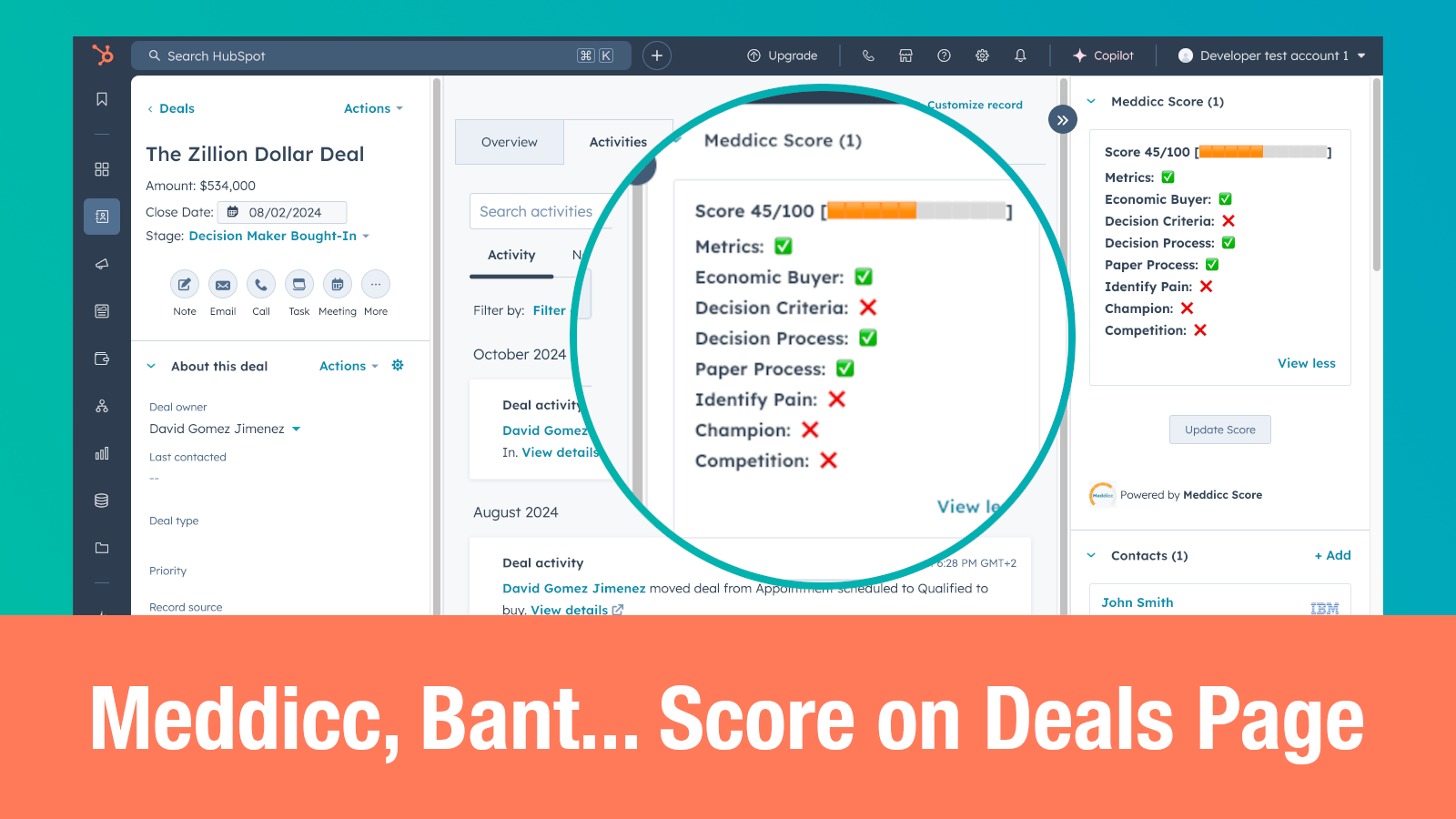Mastering Sales Prioritization: How the FAINT Framework Transforms Sales Opportunities
In the fast-paced world of B2B sales, teams often face an overwhelming number of prospects and limited resources. Mastering sales prioritization is crucial, and that’s where the FAINT framework comes in. This proven strategy helps sales professionals filter, rank, and focus on the right sales opportunities, boosting efficiency and win rates.
What is the FAINT Framework?
The FAINT framework is a sales prioritization tool designed to help teams qualify prospects more effectively. FAINT stands for:
- Funds
- Authority
- Interest
- Need
- Timing
Developed as an alternative to the traditional BANT model, the FAINT framework addresses the modern buyer’s journey, especially in complex, consultative sales environments. By focusing on these five criteria, sales reps can determine which opportunities deserve attention and resources.
Breaking Down the FAINT Framework
Let’s take a closer look at each component and how it empowers effective sales prioritization:
1. Funds
Instead of confirming a set budget (as with BANT), FAINT emphasizes whether the prospect has access to funds or the financial capacity to make a purchase. This broader approach allows engagement with prospects who haven’t formalized budgets but could potentially unlock funds for the right solution.
2. Authority
Identifying the decision-maker is vital. The FAINT framework encourages sales teams to connect with stakeholders who have the influence or role to champion or make purchasing decisions, ensuring your sales efforts target the correct individuals.
3. Interest
Does your solution capture the genuine interest or attention of the prospect? The FAINT framework highlights the importance of aligning your product or service with the prospect’s challenges, pain points, or goals. Engagement and positive sentiment are strong indicators that an opportunity is worth pursuing.
4. Need
A successful sale hinges on need. Use your discovery process to uncover and validate that the prospect has a real and pressing need, which your solution can address better than competitors or their current processes.
5. Timing
Is there urgency to buy? Are there initiatives, deadlines, or events that might accelerate the decision-making process? The FAINT framework helps you assess if the timing is right – critical for shortening sales cycles and increasing conversion rates.
Why Choose the FAINT Framework for Sales Opportunities?
The FAINT framework is particularly effective for:
- Complex, high-value B2B sales with longer decision cycles
- New markets where budgets aren’t set but resources are available
- Early-stage products seeking visionary customers
By leveraging the FAINT framework, sales teams avoid wasting time on unqualified leads and instead focus their energy on sales opportunities with the highest potential to close.
How to Implement the FAINT Framework in Your Sales Process
Here’s a practical guide to incorporating FAINT in day-to-day sales prioritization:
- Train your team: Educate your sales reps about FAINT criteria—what to look for and the right questions to ask.
- Update qualification checklists: Integrate FAINT into your CRM’s lead scoring system, so opportunities are automatically ranked based on these factors.
- Refine discovery calls: Structure early conversations to extract information relevant to each FAINT element.
- Review regularly: Use FAINT as a basis in sales pipeline reviews to ensure focus remains on the best opportunities.
- Align with marketing: Coordinate with marketing to ensure generated leads resonate with the FAINT prioritization criteria.
Final Thoughts: Unleash the Power of FAINT for Smarter Sales Prioritization
With the FAINT framework, sales teams gain clarity and confidence in their decision-making. By focusing on funds, authority, interest, need, and timing, you’ll create a repeatable process for sales prioritization that drives results. Ready to transform the way you evaluate and pursue sales opportunities? Start with FAINT and watch your win rates soar.
Ready to optimize your sales process using FAINT? Share your thoughts or experiences in the comments below!




